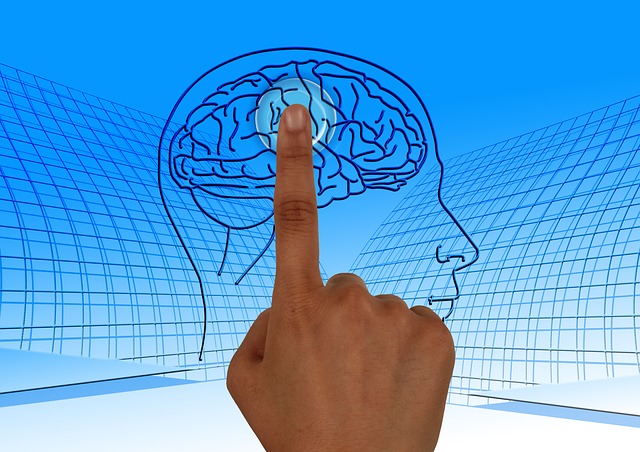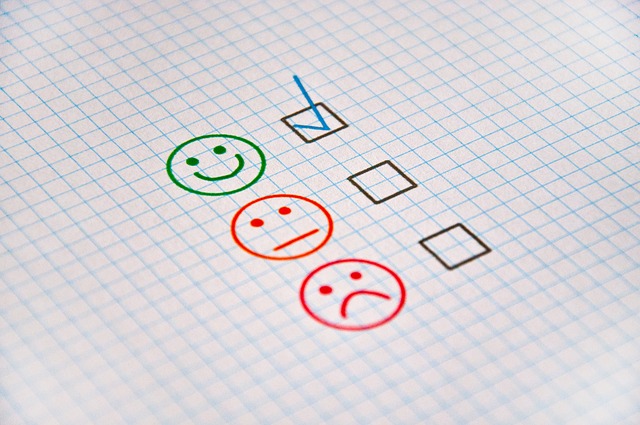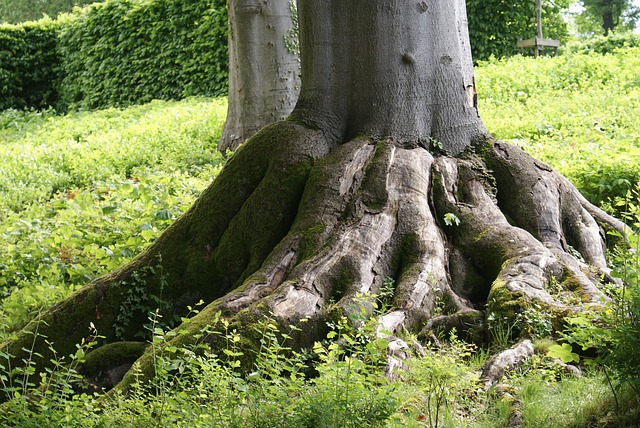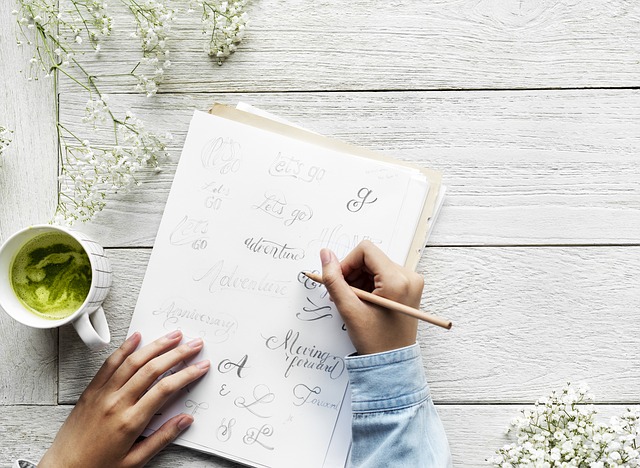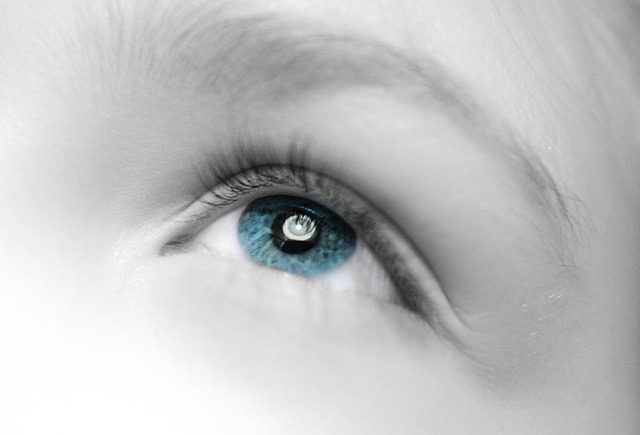When I set out to write my blog on mindfulness, I intended to publish daily. I was able to maintain this for 3 months. However, the cost in terms of the impact on my other work and family life was increasingly high. When I explained to my friend and mentor, Bob Dick, that daily publishing was becoming onerous, he suggested that I aim to publish only three or four times a week. He indicated that this would not affect my Google search results – and this has proven correct.
Publishing three or four times a week has freed me up to do other things, including my workshops, and enabled me to develop a pattern of research and writing that seems to work for me. So, on the alternate days when I am not publishing, I identify a topic to write about and do the requisite research. I am often able to create a first draft from this research so that when the publishing day arrives, I have a topic and some ideas recorded as an early draft. I have also established the practice of doing my research and writing at a set time, usually early in the morning before I become embroiled in other commitments.
This process has enabled me to sustain my blog writing, freed up time for other things, and facilitated my own meditation practice. For example, I am often able to undertake a meditation practice before I write it up or explain its nature and effectiveness. The downside of my current schedule is that the regularity of the blog writing has impacted my practice of Tai Chi which I used to do daily. The solution may be to undertake the Tai Chi on alternate days also.
What I find that really helps me to sustain my motivation and effort in writing the blog, is to spell out what the benefits of my writing are for my readers and myself.
Being clear about the benefits of writing your blog
My intention in writing the blog is to provide the following benefits to readers of my blog and acknowledged mindfulness practitioners:
- Raise awareness of the resources on mindfulness (free and paid) that are available
- Provide inspiration and hope through the stories of those who have successfully overcome life challenges and difficulties
- Offer mindfulness practices that can help to ease the pain and suffering of depression, anxiety, chronic pain and other challenging life situations
- Provide resources to help people deal with difficult emotions such as resentment and anger
- Help more people to become aware of the benefits of mindfulness
- Assist in the promotion and development of mindful leadership
- Promote the writing, work and practice of genuine mindfulness practitioners
- Share the relevant findings from the latest neuroscience research.
The benefits for me in writing this blog on mindfulness are:
- Enables me to access and practice different meditations and mindfulness techniques
- Keeps mindfulness at the forefront of my mind and thus facilitates my ability to integrate mindfulness into my daily life and work
- Provides me with the desire and energy to do the research to identify resources, key people and the latest neuroscience developments
- Keeps my mind active now that I no longer undertake my academic work and associated activities such as examining doctoral theses
- Provides some structure to my life in a period of semi-retirement when I have lost the structure of daily work
- Realises the advice of Jeri Sedlar and Rick Miners, “Don’t Retire, Rewire” – which is designed to maintain mental health and facilitate longevity
- Provides content and mindfulness practices for my manager development workshops which now include a session on mindfulness
- Provides the knowledge and motivation to develop other activities associated with helping people to develop mindfulness, such as podcasts and online conferences
- Provides me with the opportunity to engage in meaningful work (rather than consuming all my time in front of the television)
- Develops “deep focus” – the capacity to stay on task for lengthy periods without being diverted by enticements such as social media, email or desktop clutter
- Enables me to tap into the benefits of mindfulness practice itself – e.g. clarity, calm, managing difficult emotions, self-awareness, self-regulation and creativity.
When you are clear about the benefits of your blog writing for yourself and others, the writing task becomes more enjoyable, achievable and rewarding. In many ways, the more you write, the easier it becomes (although writer’s block can still occur on your off days).
We can grow in mindfulness if we bring clarity of intention and purpose to our writing through articulating the benefits of our writing for others and ourselves. Establishing a sustainable schedule builds self-awareness (re procrastination and avoidance behaviours) and develops the self-regulation that comes from a disciplined approach. If we can employ mindfulness practices to support our writing, we can gain focus, clarity, insight and creativity.
____________________________________________
Image by meminsito from Pixabay
By Ron Passfield – Copyright (Creative Commons license, Attribution–Non Commercial–No Derivatives)
Disclosure: If you purchase a product through this site, I may earn a commission which will help to pay for the site, the associated Meetup group and the resources to support the blog.


